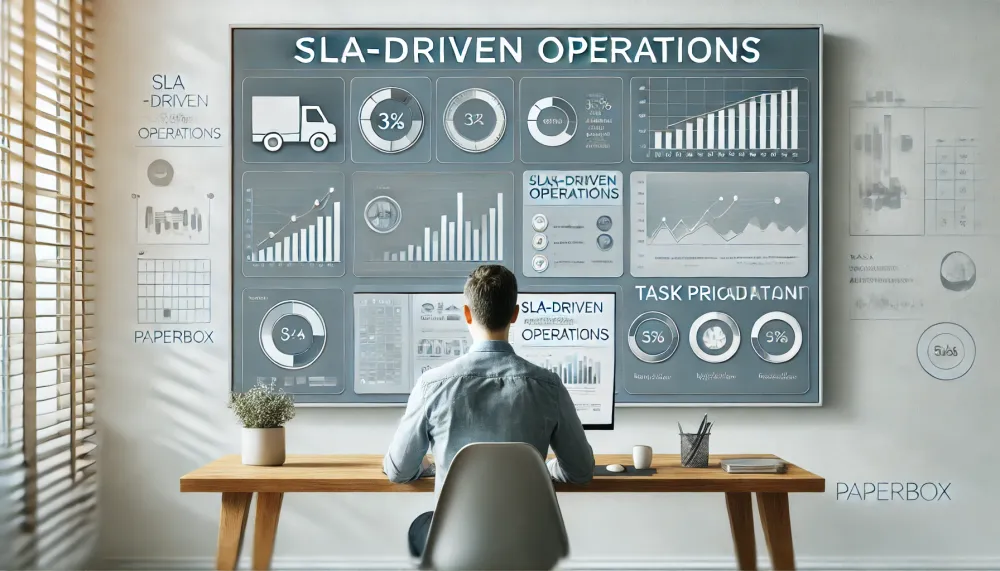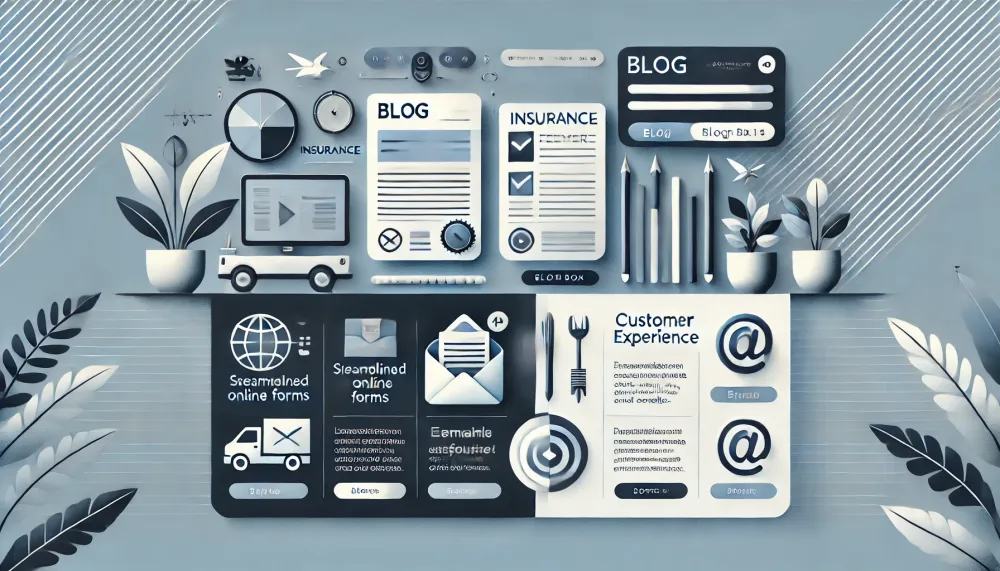Picture this: you were recently involved in an accident and suffered physical injuries. In such a critical moment, you rely on the decisive, pragmatic approach and helpfulness of bystanders and emergency responders. In the days following, you lean on your loved ones. And you also need to file an insurance claim with your insurance company as soon as possible. But what's the best way to do this? Through an online form or via email?
What You Will Learn in This Blog
- Why insurers still choose online forms
- 5 Reasons to switch to email claims filing
- How to keep the benefits of Online Forms with emails
Are You an ‘Online Forms Insurer’ or an ‘Email Insurer’?
Back to your accident. In your state of mind, your primary concern is not looking up a policy or customer number. However, the policy number is mandatory to go through the many steps of the online form and to link and process your claim. It was easier to become a customer (remember that quick click on the "call me back" button) than it is now to simply and customer-friendly file your claim. Strange, right? Yet for many customers of insurers working with online forms, this is often a recognisable phenomenon. Forms are and often remain impersonal and require a lot of input.
Beware, don't misunderstand. There are indeed advantages to working with forms, but often these are only felt on your side as an insurer and not on that of your client. Information from online forms is forwarded directly to your document management system, ideal for efficiency and error rate reduction. Additionally, you are always sure that the customer provides all the necessary information, which in turn saves on communication.
But did you know you can also deliver the same efficiency and error rates with customer-friendly emails?
5 Reasons to Give Your Clients the Email Option
1. Flexibility
Free Text: In email, customers can describe their situation in their own words without being restricted by the fixed fields of an online form. This is particularly beneficial for complex situations that are often difficult to explain within a strict format.
Attachments: Emails offer more flexibility when it comes to attaching documents, photos, and other evidence. There are no limitations on the number or size of attachments, making it easier for customers to provide all necessary information.
No Language Barriers: An online form is not always available in the desired language, which can cause issues for customers who are not fluent in the offered language. An email with an underlying AI-driven process provides a solution by accommodating multiple languages.
2. Personal Interaction
Direct and More Personal Communication: Customers can directly send a message to a specific contact person or department, making the communication more personal and tailored to their needs.
Follow-Up: It's easier to directly respond to questions or provide additional information via email, allowing for a continuous conversation. If additional information is needed, the customer can quickly and easily respond to the email thread, streamlining the process.
3. Traceability and Documentation
Proof of Submission: Customers immediately have a copy of their sent email in their 'Sent' folder, which can serve as proof that the claim was submitted. This provides peace of mind and a record of communication.
Timestamp: Every email contains a timestamp, which helps track when the claim was submitted. This can be crucial for meeting deadlines and ensuring timely processing of claims.
4. Ease of Use
Familiar Solution: Many people are already familiar with using email, making it a comfortable and straightforward method for submitting claims.
Offline Capabilities: Emails can also be prepared offline, adding another layer of convenience. Customers can draft their email and attach necessary documents without needing an internet connection until they are ready to send it.
5. Fewer Technical Limitations
Emails have fewer risks of technical errors compared to online forms, such as form bugs or server outages. Additionally, emails do not require mandatory fields like a policy number, which customers might not always have on hand when filing a claim.
The Benefits of Online Forms with Customer-Friendly Emails
We made you wait for this answer, but it is indeed possible to have the advantages of an online form, such as structured data entry and automatic processing, with the information provided in emails. An AI-driven solution (such as Paperbox) can help you process emails automatically. This way, all the data in the email is processed by the solution and all the information enters your document management system, without the intervention of your employees. The content of the email and attachments are filed away with the correct policy number and account of the customer. Additionally, tasks are created for your administrators and assistants, so they immediately know what actions they still need to perform to serve the customer as quickly as possible. Easy, right?
But wait! With an AI-driven solution, you can go even further. These systems can prioritise tasks and summarise emails into targeted tasks, all while keeping in mind your company's SLA procedures. Choosing between online forms and emails for insurance claims filing involves balancing efficiency with customer experience. While online forms streamline data entry for insurers, they can feel impersonal and cumbersome for customers. Emails offer flexibility, familiarity, and a personal touch, enhancing the customer experience. An AI-driven solution can merge these benefits, automating email processing for efficiency while maintaining customer-friendliness. This hybrid approach leads to quicker, more accurate claims processing and greater customer satisfaction.




